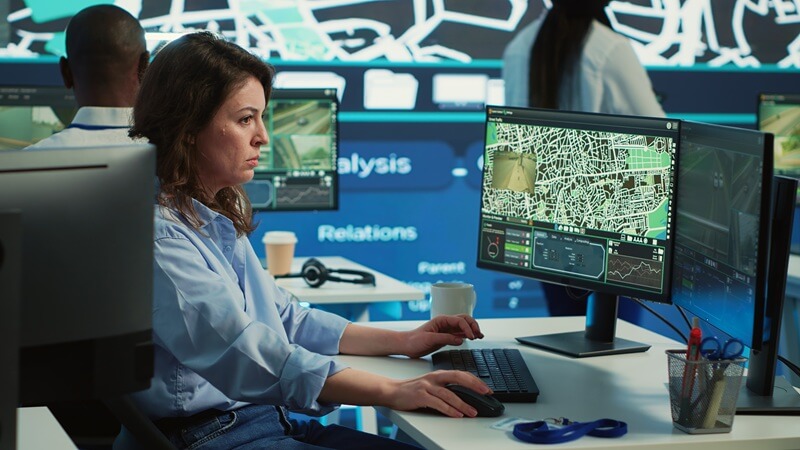For boaters in Australia, especially those venturing beyond sheltered waters, reliable navigation can be the difference between a safe return and a dangerous situation. Emergencies—ranging from engine failures to sudden storms—demand tools that provide accurate, up-to-date, and dependable information when it matters most. Many first-time and experienced skippers alike wonder whether it is better to rely on marine navigation apps vs chartplotters when the unexpected occurs. Each option has unique strengths, weaknesses, and practical considerations that every boater should understand before making a choice. By examining their capabilities in detail, we can determine how each performs under real emergency conditions in Australian waters and what role redundancy should play in your onboard setup.
Understanding the Tools
Marine Navigation Apps
Navigation apps run on smartphones or tablets. They use GPS receivers built into the device and electronic charts that can often be downloaded for offline use. Modern apps offer features such as route planning, tides and current data, and even integration with crowd-sourced updates about hazards. Their low cost, portability, and ease of use make them appealing, particularly for smaller boats or casual boaters.
Chartplotters
Dedicated chartplotters are fixed, purpose-built marine electronics designed to integrate with a vessel’s systems. They typically connect to sonar, AIS, and other instruments, providing a central hub for navigation and safety information. Chartplotters are built to withstand marine environments—salt spray, vibration, and intense sunlight—and are designed for continuous operation over long trips.
Performance Under Emergency Conditions
Power and Battery Life
- Apps: Depend on a phone or tablet battery. In emergencies, extended use of screen brightness, GPS, and data syncing can drain batteries quickly. Carrying portable power banks or a 12V charger is essential.
Chartplotters: Hardwired to the boat’s power system. Unless the vessel loses electrical capacity entirely, they offer consistent performance for long durations.
Reliability of GPS Signal
- Apps: Most modern smartphones offer reliable GPS coverage in Australia’s coastal waters. However, accuracy can degrade when signals are obstructed by cliffs or structures, and some devices rely on mobile data for enhanced precision.
- Chartplotters: Often feature more powerful GPS receivers and support multiple satellite constellations. They generally provide more stable, accurate positioning in challenging conditions.
Durability and Environment
- Apps: Consumer electronics are not designed for salt spray, extreme UV, or heavy rain. Protective cases help, but heat and moisture can still cause failures.
- Chartplotters: Built specifically for marine environments. With waterproofing, anti-glare screens, and rugged housings, they can survive rougher handling and conditions.
Connectivity and Redundancy
- Apps: Can operate offline if charts are preloaded, but depend heavily on preparation. Loss of the device, accidental overboard drops, or water damage could eliminate the option altogether.
Chartplotters: Mounted and secured to the vessel, reducing risk of loss. They also integrate with other onboard systems, offering layered data (radar, sonar, AIS) during emergencies.
Cost and Accessibility
For many Australian recreational boaters, cost is a major consideration:
- Navigation apps are inexpensive, often requiring only a one-time purchase or a modest subscription. They’re also accessible—anyone with a smartphone can use them.
- Chartplotters involve a higher upfront investment plus potential subscription or update costs for charts. However, they provide long-term durability and integration benefits.
The decision often depends on boating style: a weekend estuary boater may be satisfied with an app, while offshore fishers or long-range cruisers will likely need the robustness of a chartplotter.
Best Practices for Emergency Preparedness
Regardless of which system you prefer, first-time buyers and seasoned skippers alike should follow these practices:
- Always preload charts offline on apps in case mobile service is unavailable.
- Carry spare power sources such as power banks, solar chargers, or a 12V adapter.
- Use protective cases for tablets and phones to minimize water damage.
- Update charts regularly on both apps and chartplotters. Outdated information is dangerous.
- Maintain redundancy: Ideally, use both a chartplotter and a navigation app, alongside paper charts as a failsafe.
Beyond Navigation: Complementary Safety Gear
Navigation is one piece of a larger safety plan. Even the best electronic tools can fail in an emergency, which is why personal safety equipment remains essential. Investing in reliable lifejackets, flares, radios, and protective storage gear should be part of every boater’s routine. For instance, waterproof storage like Yeti’s Panga dry duffels can protect phones, tablets, and backup batteries from spray and rain, ensuring your apps remain usable when you need them most.
Conclusion
So, which is safer in emergencies: marine navigation apps vs chartplotters? The answer is that chartplotters generally provide more dependable performance due to their durability, accuracy, and integration with onboard systems. However, apps remain an invaluable backup and planning resource, particularly in Australian waters where redundancy is vital. The smartest approach is not choosing one over the other but combining both. With a chartplotter as your primary tool and a well-prepared navigation app as backup, you maximize your chances of responding effectively when emergencies arise at sea.
For more info visit Rcsdassk

